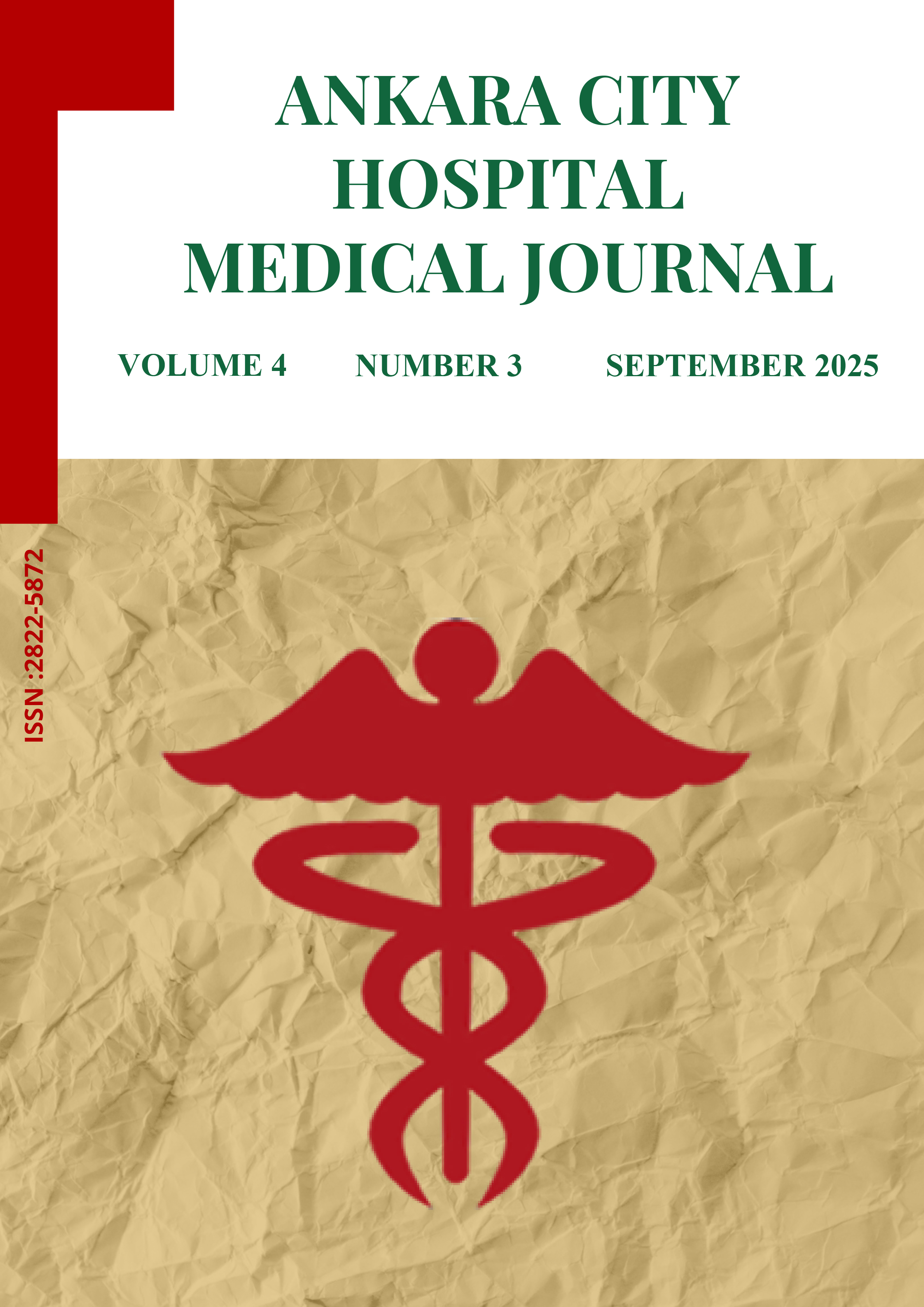
The role of psychiatric and demographic factors in the etiology of hyperemesis gravidarum
Bilge Doğan Taymur1, Güldeniz Toklucu1, Arzu Bilge Tekin1, Osman Samet Gunkaya1, Aysegul Bestel2, Niyazi Tug11Istanbul Sancaktepe Şehit Profesor Dr. Ilhan Varank Research and training Hospital Istanbul, Department of Obstetrics and Gynecology2Istanbul Kanuni Sultan Süleyman Training and Research Hospital, University of Health Sciences, Istanbul, Department of Obstetrics and Gynecology
INTRODUCTION: Our aim in this study is to show how various aspects of the psychosocial health status and demographic features relate to the development and severity of hyperemesis gravidarum (HG).
METHODS: A total of 100 women before 20 weeks of pregnancy were enrolled in a study. The pregnant women were divided into three groups, hospitalized hyperemesis gravidarum patients, HG outpatients, and control group respectively. Pregnant women were questioned by scales after written consent. These scales were Rosenberg’s self-esteem scale and multidimensional perceived social support scale and The Dyadic Adjustment Scale. SPSS 20.0 software (SPSS Inc., Chicago, USA) was used for analyses. Statistical significance was set at p< 0.05.
RESULTS: Results: Duration of marriage significantly differs between hospitalized HG group and the control group (p=0.045), and between the HG group and the control group (p=0.006). Parity significantly differs for nulliparity between hospitalized HG and nonhospitalized HG groups with the control group. According to our data among all parameters, some (age, educational status of women and husband, types of family, economic status, previous history of depression, planned pregnancy, feeling of anxiety caused by pregnancy, having health insurance, working status, anxiety, and depression) were found not to be related
DISCUSSION AND CONCLUSION: Conclusion: Our study provides powerful scientific evidence of a psychogenic etiology by putting forth that psychological factors have no effect on the risk of HG.
Keywords: Hyperemesis gravidarum, depression, anxiety, Rosenberg scale, multidimensional perceived social support scale, the dyadic adjustment scale
Manuscript Language: English
(388 downloaded)









